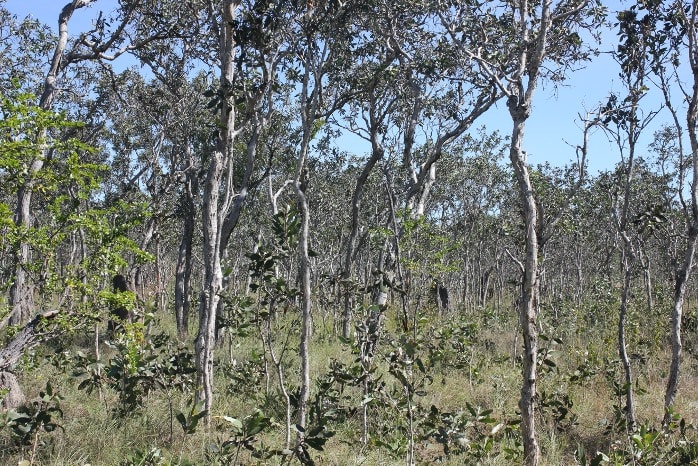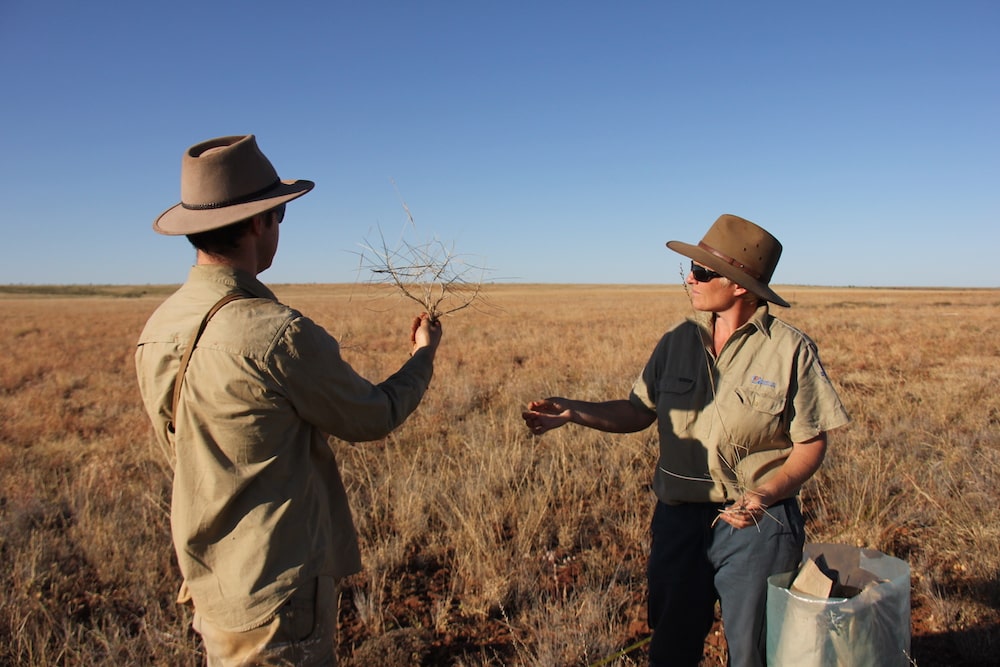Research drawing upon TERN’s collection of more than 100,000 environmental samples provides new understanding on the adaptation of plants to climate change. Read on to find out which set of factors combine to create predictable relationships between plant traits and the changing environment.
Plant traits are used by scientists to better understand structure, function, including rates of photosynthesis, nutrient requirements and more.
They are also used to model and predict plant response and resilience to climate change.
Whilst some studies, such as this 2019 one using TERN, indicate that certain traits may not be appropriate indicators of plant response in particular ecosystem types, the importance of using traits to understand environmental change remains.
Plant adaptation and climate change research
Just published research using TERN’s environmental samples significantly advances our understanding of how plant traits can help us to understand plant adaptation to environmental change.
Lead researcher, Dr Ning Dong of Macquarie University, used the leaf tissue samples collected by TERN’s Ecosystem Surveillance platform from 116 permanent plots across the Northern Territory, South Australia and New South Wales to look at evidence for climate-driven plant variation. She was aiming to determine predictable relationships between climate change and plant traits.
“We assessed how the fundamental traits for plant functional ecology and vegetation modelling vary within and between species, and whether or not they follow environmental gradients.”
“We made measurements on more than 700 species from a continental-scale north–south transect from tropical to temperate Australia to understand trait responses to changes in the environment within and between species.
“Our findings show that acclimation by individuals, adaptation within species and selection among species combine to create predictable relationships between traits and the environment.”
Dr Ning Dong, Macquarie University

One of the TERN Ecosystem Surveillance plots in the Northern Territory from which vegetation samples were used
Scaling plant responses from individuals to ecosystems
In Dr Dong’s paper, she points out that many empirical studies have addressed leaf trait variation and the relationships to climate and soils. So, what’s new and why does this research matter?
“We took a different approach to traditional leaf trait studies. By using samples collected along a broad environmental gradient, we were able to look at climate-driven trait variation, and in particular, learn about acclimation and adaptation processes within and between species, and to quantify those processes along the gradients”.
Dr Ning Dong, Macquarie University
Essentially, this new investigation scales the responses of leaf traits from individuals to communities and ecosystems—a significant advance in fundamental plant ecology. Such up-scaling knowledge is key to making observational data from the field more applicable to vegetation modelling and predictions of ecosystem change over larger areas.
TERN is really pleased to be facilitating such future-looking ecosystem-scale analyses that contribute to our underpinning science questions. Science at the ecosystem scale, across disciplines and including both natural and managed landscapes, is the best way to understand and secure our ecosystems and their services in the face of current and future challenges.

Tens of thousands of soil samples, soil metagenomic samples, plant voucher specimens and plant genetic material collected from TERN’s national network of over 700 ecosystem surveillance sites are now openly available to interested researchers

Plant samples collected by TERN are contributed to commonwealth, state and regional herbaria across Australia, with some samples stored by TERN’s Ecosystem Surveillance platform







